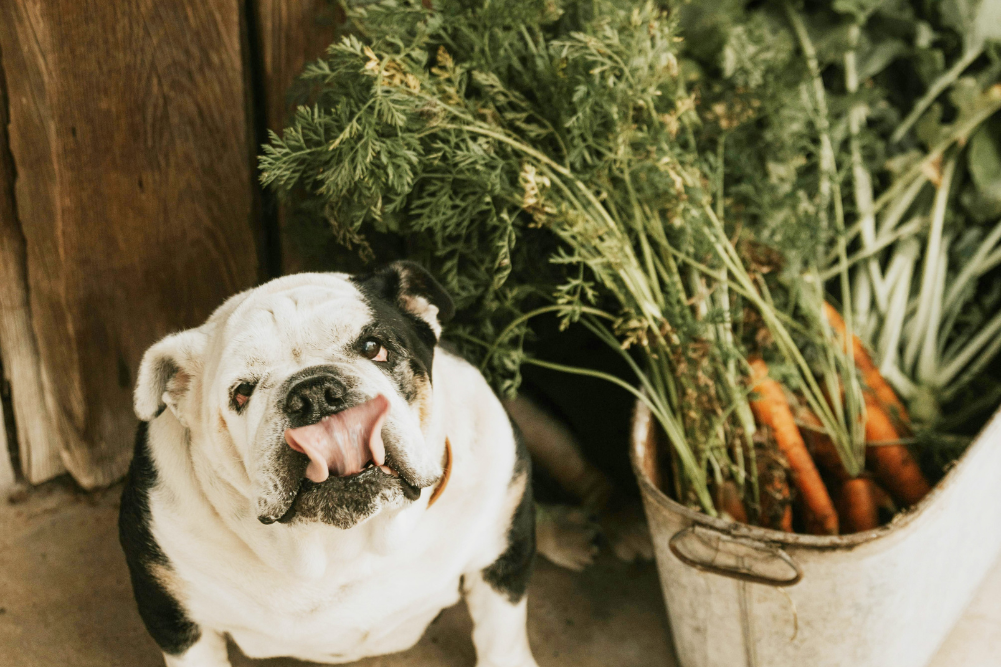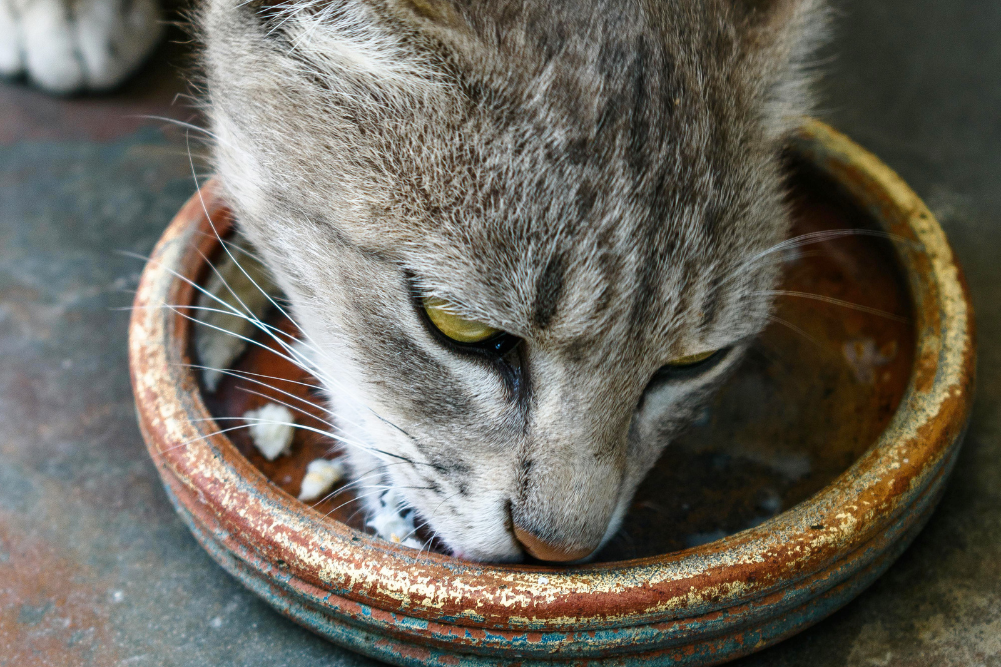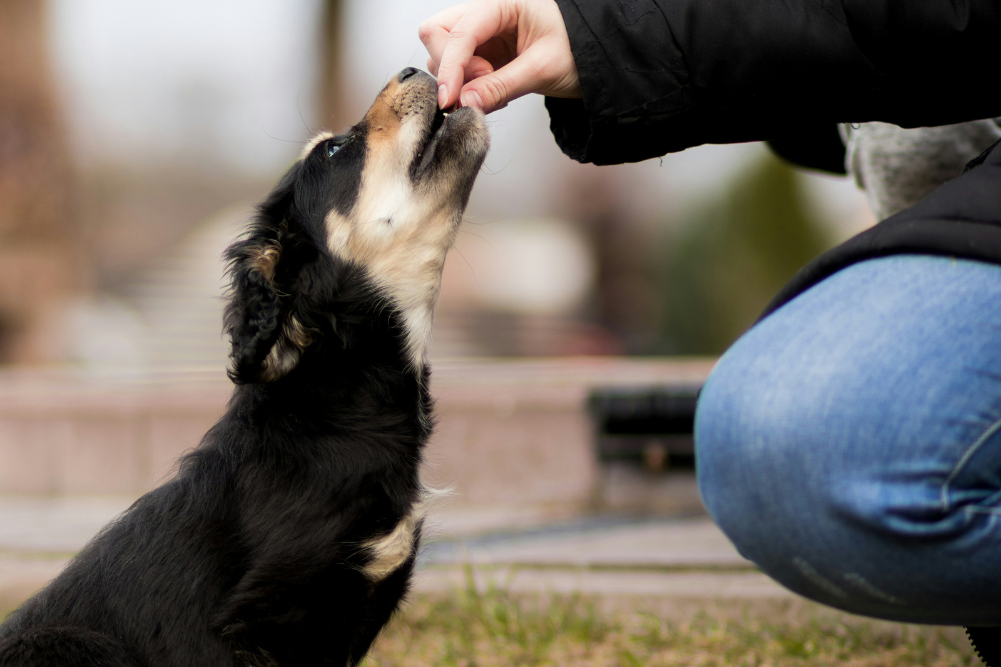Why you should be feeding your pets superfoods
You can’t escape the concept of superfoods these days. A superfood is simply defined as a nutrient-rich food considered to be especially beneficial for health and wellbeing. Nutrition is not only important for providing essential carbohydrates, proteins, fats, vitamins and minerals for growth and maintenance, but may also promote health or help prevent chronic disease.
DNA is surrounded by a layer of protein called the epigenome, which helps control gene expression. The epigenome can be responsive to environmental influences — including food — to either switch on or off genes that can lead to either healthy or diseased cells. Offering foods that are packed with healthy chemicals, over a period of time, may slow or even prevent disease in our pets.
So what superfoods can you give to dogs and cats, and when might they be contraindicated?
Choosing your superfood
Many of the superfoods we eat are both safe and beneficial to dogs and cats. Here are six.
Broccoli
Cruciferous vegetables such as broccoli (as well as Brussels sprouts, kale and Asian greens) contain phytonutrients. These are naturally occurring chemicals produced by plants that may benefit health. Broccoli contains fibre, which supports large intestinal health. It also contains B vitamins such as folate, important for DNA repair, and the phytochemical isothiocyanate, which has anticancer effects.
Broccoli is relatively free of pesticides and can be included as part of your dog’s (or cat’s) diet. It can be fed either steamed and chopped or as the fresh pulp from your daily juicing.
Berries
Berries are brightly coloured, which generally means they are loaded with phytochemicals. Blueberries contain high levels of the phytochemical anthocyanin, which has numerous beneficial actions including anti-inflammatory, antioxidant and anticancer effects. Feed a small number daily either seasonal and fresh or frozen. Use as treats to replace low-value processed treats. Caution only if your dog or cat has diabetes and needs to avoid too much sugar. Other berries you can use include cranberries, which may protect from urinary tract infections, and goji berries, which are a yin tonic in traditional Chinese medicine (TCM).
Turmeric
Turmeric root (Curcuma longa) contains curcumin, which gives the spice its yellow colour. In TCM it’s classified as a blood-moving herb and is used for its pain-relieving effects as well as to treat gastrointestinal stasis and abdominal tumours. It’s also a traditional herb used in Ayurvedic medicine.
Turmeric has been shown to have multiple anti-inflammatory effects, as well as antioxidant and anticancer actions. It’s used as part of an integrative approach to treating joint disease, cancer and immune-mediated disease in dogs and cats. It may cause digestive upset in sensitive individuals (although it may also have a protective effect for dogs and cats with gastric ulcers). Caution is advised when dogs and cats are also on other “blood thinning” supplements, such as ginkgo biloba and fish oil, or medications such as warfarin. It’s not easily absorbed and is best given as a bioavailable supplement or combined with a little fish oil or coconut oil.
Spirulina
Otherwise known as a supergreen food, spirulina is a safe freshwater blue-green algae that can be added to breakfast smoothies and is also used in the aquaculture and poultry industries. It’s high in the pigment chlorophyll and phytonutrients with antioxidant, anti-inflammatory and anti-arthritic effects, among others. It contains other nutrients, including essential fatty acids and B vitamins, and is high in readily absorbed protein. Begin with a small pinch of a good-quality supplement. An empirical dose for pets is one-quarter of a teaspoon per 5kg.
Omega-3s
Omega-3 essential fatty acids (EFAs) are polyunsaturated fatty acids. ALA (alpha-linoleic acid), EPA (eicosapentaenoic acid) and DHA (docosahexaenoic acid) are all omega-3 essential fatty acids. ALA is found readily in plant sources such as seeds, nuts and vegetable oils but, unlike people, dogs can’t readily break it down to DHA and EPA.
Both omega-3 and omega-6 essential fatty acids are components of cell membranes. However, dogs and cats don’t generally require omega-6 supplementation in their diets. Supplementation with omega-3 EFAs helps reduce inflammation, whereas over-supplementation with omega-6 EFAs may increase inflammation. Omega-3 EFAs have other benefits for pets, including nourishing the skin barrier, immune modulation, eye health, heart health and kidney health.
Offering foods that are packed with healthy chemicals, over a period of time, may slow or even prevent disease in our pets.
Marine oil from fish such as salmon, sardines, mackerel, anchovies or tuna contains omega-3 EFAs, and these fish are sourced for oil supplements. However, some fish oil is contaminated with heavy metals, and wild fish are caught at rates that may affect their sustainability. Smaller oily fish such as sardines may be less likely to contain harmful heavy metals. An alternative is krill oil, which comes from a source lower down the food chain and is also high in EPA and DHA.
Mushrooms
Medicinal mushrooms have immune modulating and kidney supporting effects, and crumbled dried shiitake mushrooms may increase the palatability of food for fussy cats with early kidney disease.
All this discussion of superfoods may take away from the importance of a good-quality diet for your pets, which provides the protein, carbohydrates, fats, vitamins and minerals they require. As always, make any additions to your pet’s food gradually and seek the advice of your veterinarian before any diet change.








